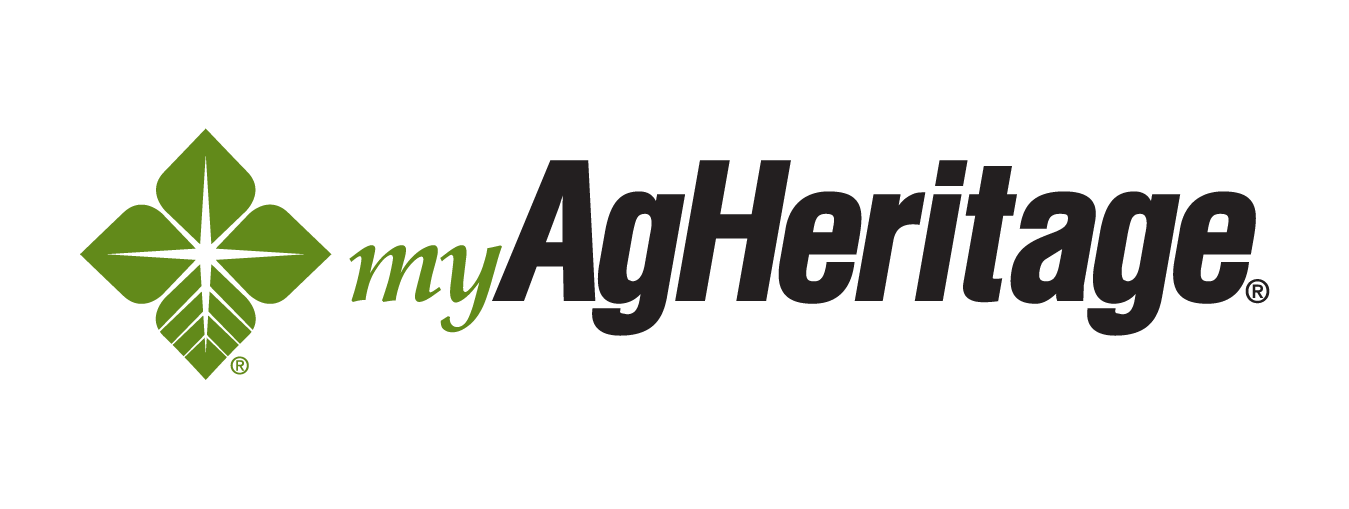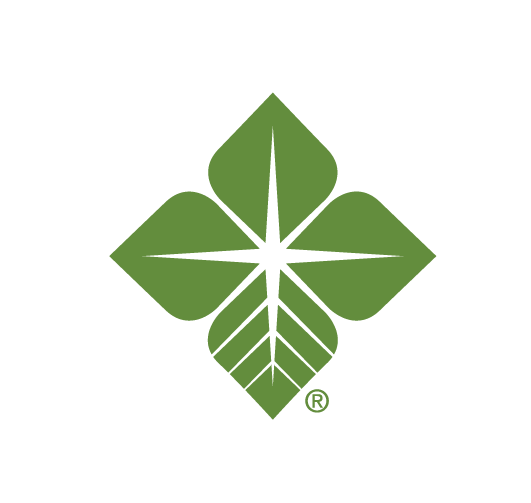REDFIELD, Iowa (DTN) -- In 1865, before Colorado was even a state, there were brand inspections to help prevent theft and straying cattle. The Silver Spur Ranch's X-C brand dates back to the 1870s at the original ranch in Encampment, Wyoming. The brand has been passed down to be used at the ranch through the years; it has also been registered for use in Colorado, Wyoming and Nebraska.
"A few of the other ranches that were purchased to become part of Silver Spur had brands already associated with them, so they kept those brands," explained Decky Spiller, manager of Silver Spur Ranch Kiowa Creek division. "And other states have different brand regulations as it's a state agency."
The Silver Spur Ranch Kiowa Creek division is participating in DTN's View From the Range series, where DTN will follow a year at the ranch to give readers an inside look at how the ranch operates and cares for its animals.
This fourth segment in the series looks at why branding is important on the ranch, how producers must follow the brand inspection laws, and why cowboys enjoy branding time.
Many states don't have brand inspections at all. It's more of a Western way of life. "Many people think an electronic identification tag is permanent, and our cows have those, too, but we think the brands are a necessity of identification," said Spiller. "A cow won't lose her brand."
BRANDING TIME IS THE BEST TIME ON THE RANCH
Branding cattle has a lot of history. A hot iron brand is used at Silver Spur, and Spiller said it's the only kind of brand that can be used for official ID in Colorado, Wyoming and New Mexico. Freeze branding cannot be used for permanent ID.
They use the rope-and-drag method to catch calves at branding time. Not only is it a tradition, but it's also faster and less stressful on the calves than a branding table. "We can brand and vaccinate 350 head from 7 a.m. to noon by roping and dragging. It would take us all day if we used a table," explained Spiller.
Josh McGuire has been on staff at the Kiowa Creek division for seven years. While he didn't grow up on a big ranch, his studies at Clarendon College and working on another ranch in Oklahoma prepared him for caring for the cattle and being skilled for branding day.
"Branding time is definitely my favorite. It's what we look forward to after a long calving season," he said. "The whole crew comes together and can show off the horses we've been working with all year and our cowboying skills."
Since Silver Spur calves earlier than most of the surrounding ranches, they will also have their branding done earlier. Spiller said they want to work calves by the time they are 30 to 45 days old, as this is also a time they get a round of vaccinations, which can help break up any health problems they might see.
"Since we brand early, then our crew can help neighbors throughout the spring," McGuire said. "It's really the best time of the year."
Spiller said it's important to do this neighboring. It gives the cowboys a chance to practice their skills, and they enjoy being able to share the labor.
BRANDING HOLDS A PURPOSE
The purpose of branding still holds similar value as it did in the beginning, by deterring theft and showing ownership if animals stray.
Spiller said that while the Kiowa Creek division doesn't run cattle on public lands, many of the other ranches do. Ranches can share leases on Bureau of Land Management or Forest Service land with other ranches, thus leading to comingling of cattle. At the end of the grazing period, a brand makes sorting much easier due to the visibility.
Brand inspection also serves to facilitate commerce, protect livestock producers and lenders, provide accurate tracking of livestock movements for disease traceability, and helps keep the livestock industry healthy and viable.
Some states require a brand location at registration. Colorado does not. The X-C is placed on the left rib in Wyoming and Colorado and the right rib in Nebraska due to another similar Nebraska brand registered for the left rib.
BRANDING LAWS MUST BE FOLLOWED
A brand must be re-registered every five years. Some will get sold, and those that are less easy to alter are worth more, seeking a price of more than $30,000 at times.
When cattle are transported from one ranch to another or sold, a brand inspection must take place. In Colorado, 68 people serve in the brand inspection division and will travel over 1 million miles, inspecting more than 4 million head of livestock each year.
Spiller said getting a brand inspector to write papers requires planning ahead and setting up an appointment. During the busy time of shipping cattle, an appointment may be a few weeks out.
While a Certificate of Veterinary Inspection verifies the health and well-being of the animal, the brand papers verify the animal's ownership with the brand and location. The brand must be healed and peeled to attain the paperwork needed.
Some states require animals to be inspected as they arrive. When cattle are sent to Colorado, like the yearlings McGuire manages on the west side of Kiowa Creek, they are inspected when they arrive and when they leave.
"We get about 1,300 head of yearlings to run on grass every year from May to September," he said. "They come from the TO Ranch and Bell Ranch division and are outside cattle, but wear the X-C brand prior to arrival." The TO and Bell divisions of Silver Spur have their own brands, but these yearlings are purchased and sent to Kiowa Creek carrying the X-C brand when they come to Colorado. These cattle will either head to the Silver Spur's feedyard in Nebraska to be fed out or go elsewhere to a feedyard. Regardless, brand inspections must be made prior to shipping.
**
Editor's Note: To see the first three stories in this series, go to:
-- "Follow Colorado Cattle Ranch Through the Year," https://www.dtnpf.com/…
-- "Colorado's Silver Spur Ranch Shares Calving and Tagging System Tips," https://www.dtnpf.com/…
--"Silver Spur Ranch Success Comes From Ensuring Good Health for Cattle and Cowboys," https://www.dtnpf.com/…
Jennifer Carrico can be reached at jennifer.carrico@dtn.com
Follow her on social platform X @JennCattleGal
(c) Copyright 2024 DTN, LLC. All rights reserved.
MyAgHeritage Online Banking
Login





